X-Road provides built-in support for cross-border data exchange through federation, which means joining together two X-Road ecosystems. Members of the federated ecosystems can publish and consume services with each other as if they were members of the same ecosystem. In practice, the members can use the same Security Server for both national and cross-border data exchange.
It is possible to create federation connections with multiple X-Road ecosystems, but transitive federation relationships are not supported. An ecosystem does not have a federation relationship with another ecosystem that it's not directly federated with.
Two federated X-Road ecosystems are always interoperable when they both use the same software version of an official X-Road release published by NIIS. Also, two different, officially supported software versions are usually interoperable too. Instead, having local changes (e.g., custom certificate profiles) that are not included in the official releases may cause interoperability issues with federation. For example, two X-Road ecosystems are not interoperable if one ecosystem uses a certificate profile that’s not included in the X-Road release used by the other ecosystem.
Also, federation is not only about technology since administrative and/or legal agreements are also needed between:
X-Road operators of the federated ecosystems
Member organisations that exchange data (data exchange parties).







